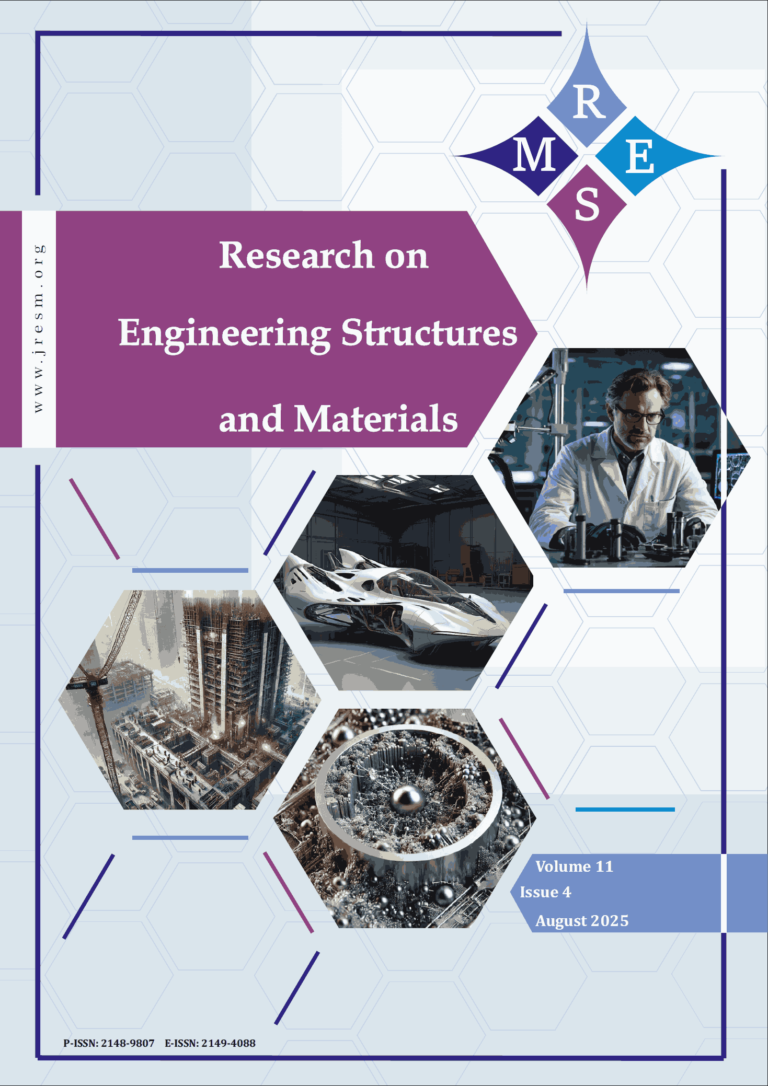Using Polyvinyl alcohol (PVA) fiber and micro silica sand has adverse effects on the economic and sustainable advantages of Engineered Geopolymer Composites (EGCs). This study suggests replacing PVA fiber with polypropylene fiber (PP) in producing sustainable reinforced slag-based-engineered geopolymer composites (SEGC) subjected to thermal cycling and repeated loads. PP and PVA fibers, with a 2% content as a volume fraction were selected to reinforce the EGCs. The study examined mass loss, microstructural characterization, static (monotonic) and cyclic loading measurements, tensile properties, and flexural properties. The results obtained indicate a substantial reduction in the strength of lightweight SEGC under thermal cycling. The density of LW-EGC and ECC composite ranged between 1758 for ECC and 1870 kg/m3 for PVA-EGC, while the statistic stress ranged between 37.35 for PVA-ECC and 63.78 for PVA-EGC. However, the flexural strength under static and cyclic loading of LW-ECC (LW-ECC) samples showed substantial improvement due to the increased reaction rate of fly ash particles under high temperatures. Microstructure analysis revealed that SEGC samples suffered more severe damage than ECC specimens when subjected to various cooling and heating cycles. These micro-cracks contributed to defects in the residual mechanical behavior of lightweight SEGC specimens.
